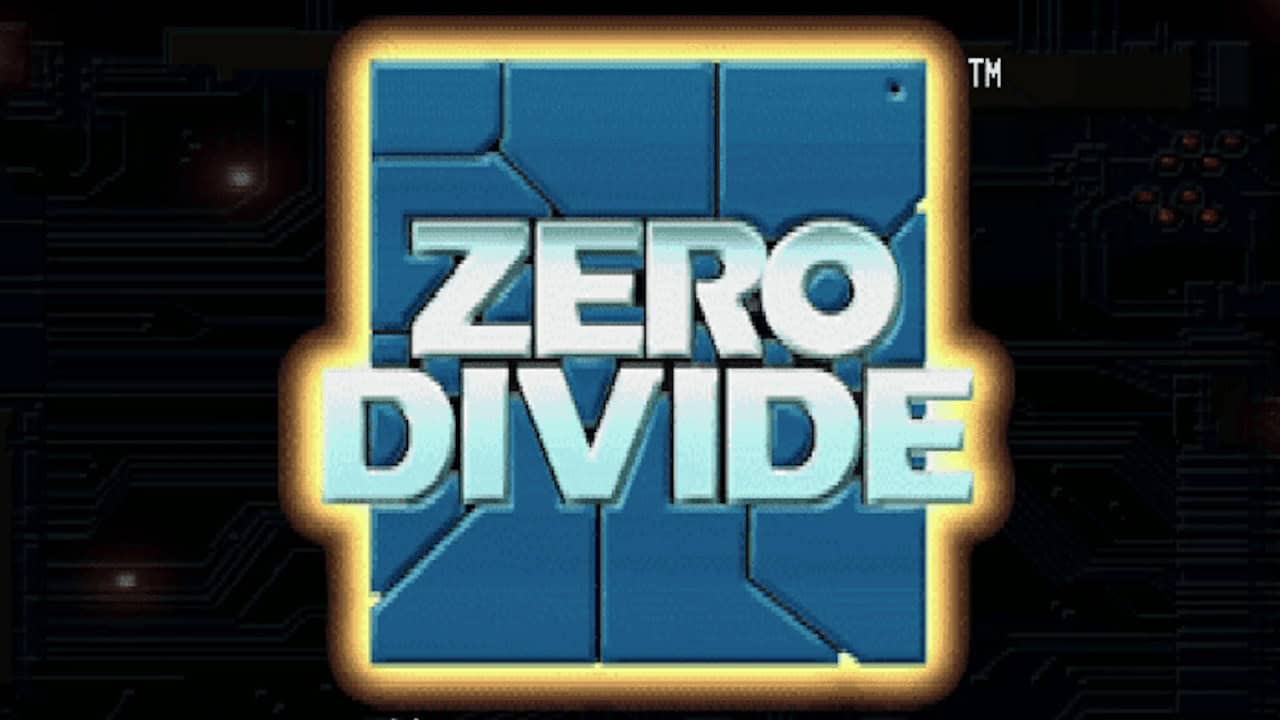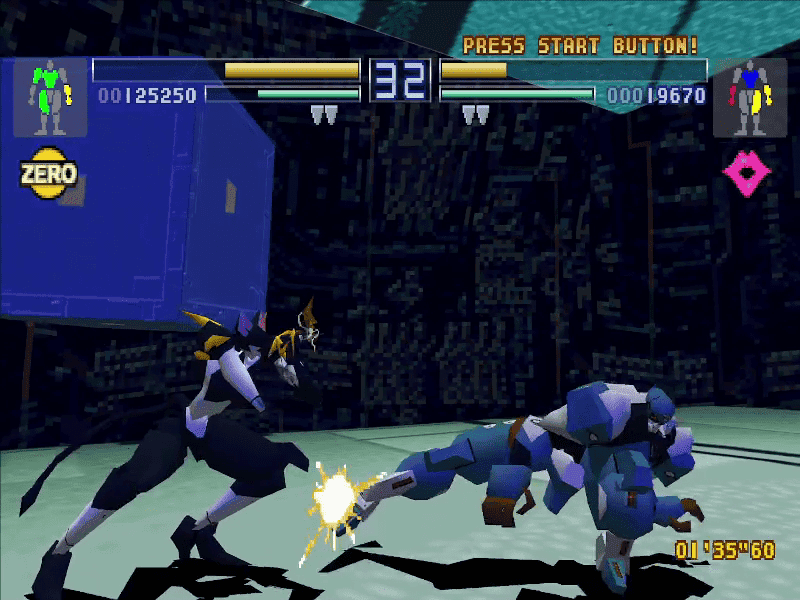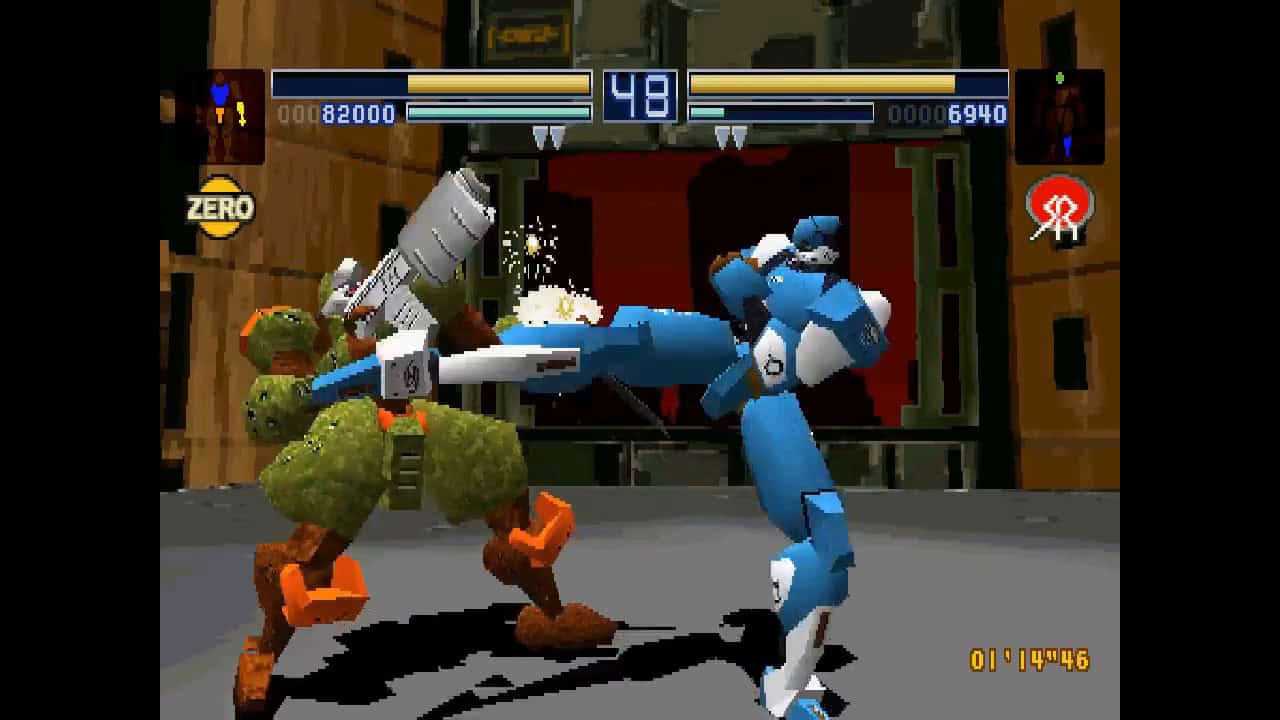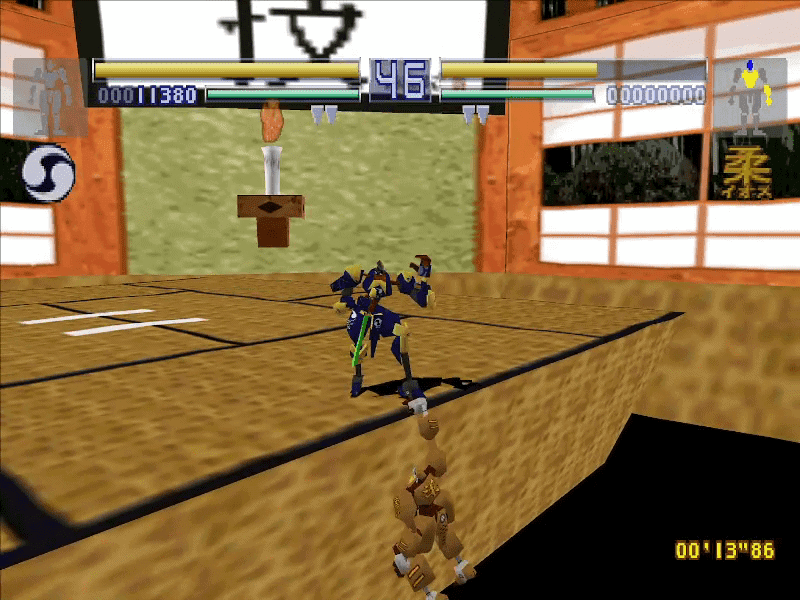Every so often, I find myself reminiscing about the games I played in my younger years. Since I spend so much time writing about games, I figured it’s only right to pay tribute to those that once held my attention. That’s why I’m launching a new editorial series: Games Forgotten to Time. Zero Divide
In this series, I’ll be revisiting games that deserve another look—whether by developers for a revival or by fans who simply love gaming history. I’m not sure how far this will go, but I’ll do my best to crank out a few homages before burnout inevitably sets in.
With that, let’s kick things off with a game that’s near and dear to my heart—one I wish was given yet another chance at life today: Zero Divide. Some of you may be familiar with the game, but for those who aren’t, let me paint the scene.
A Forgotten Fighter with a Unique Twist
Back in 1995, when Virtua Fighter and Tekken dominated the 3D fighting game scene, a developer called Zoom decided to shake things up with a game called Zero Divide that was released for the Playstation 1. Yes, Zero Divide was another 3D polygonal fighter—because that was the trend at the time—but it had a distinct twist: instead of human combatants, it featured robots. And who doesn’t love robots?
The roster was diverse, featuring everything from generic-looking mechs to sleek warriors, military-style machines, a samurai robot wielding a sword, a freaking dragon with an annoying tail, and even a sexy cat-like robot (yes, she was one of my favorites because she was just so damn fast).
At a time when most fighting games barely had a plot, Zero Divide included a surprisingly fleshed-out one. A group of hackers, led by someone called XTAL, had gained access to an online security database and threatened to expose classified government information. First of all, that must have been some seriously sensitive data to get every government worried. And second—doesn’t this sound like something that happens every few months nowadays? Scary, right?
Rather than demanding ransom, XTAL and his crew issued a challenge: governments had to send combat robots to fight through various opponents, eventually facing XTAL himself. Sure, it was a generic ‘90s plot, but back then, it was a fresh take on fighting game narratives.
Why Zero Divide Still Sticks with Me
So why does Zero Divide still live rent-free in my mind? As I mentioned, it arrived during the golden age of Virtua Fighter and Tekken. Like those games, it featured mechanics such as jumping (floaty VF jumps), basic attacks, throws, blocking, and even countering opponents for extra damage. Combos were virtually nonexistent—combat was fairly simple. No special moves or super ultra moves. Just a fist, a kick, a toss, and that was it. It was a simpler time.
However, Zero Divide brought two fun mechanics to the game; how it handled ring-outs and damage. Like Virtua Fighter and Soul Calibur, you could knock opponents out of the arena. But Zero Divide added a unique mechanic: if you got knocked off, you could grab the edge and pull yourself back up—or even shimmy to a different location. It was a small but memorable addition.
While fighting, if you inflicted enough damage on your opponent, you could cause their onscreen body diagram to show where you’ve damaged them the most. Doing so would allow you, or them, to inflict even more damage as the fight progressed. Truthly, this was nothing more than a gimmick and I never really noticed any major difference when doing enough damage. That and when they respawn for the next round, the damage was all healed up.
A Soundtrack Worth Remembering
Another thing that made Zero Divide special was its incredible music. In my opinion, its soundtrack was better than those of Virtua Fighter and Tekken. Composed by Akihito Okawa—who, as far as I can tell, never worked on another game soundtrack—it was a hidden gem of ‘90s gaming music.
Some of my favorite tracks are A Nation of Poison, The Power Beat, Confusion, and The Art of Destruction. But in truth, all of the tracks are amazing. Seriously, if you haven’t already, go to YouTube and check out the Zero Divide OST. It still holds up.
The One Thing I Wasn’t a Fan Of
If there’s one thing I couldn’t stand about the game, it was the narrator. Damn, he was annoying. Every time you attacked, got hit, or got thrown, he had something to say. And the worst part? You couldn’t turn him off. You have no idea how annoying it was to hear him repeatedly say “Great Counter” or “Ow” throughout a fight. If you hated the commentator in Ridge Racer, you’d despise this guy. (Oh, and plot twist—he was XTAL the whole time.)
Why Zero Divide Was Forgotten
Zero Divide didn’t revolutionize the fighting genre, but it did carve out a unique identity. Unfortunately, with SEGA and Bandai Namco battling for dominance in the 3D fighting game space, with Team Ninja entering the fray with Dead or Alive not much later, Zero Divide was simply overlooked—despite being released on both PlayStation and PC. IT simply didn’t have enough or do enough to stand out in the crowd of technically better and more enjoyable fighting games.
Eventually, Zero Divide 2 developed for the Playstation 1, but it only in released in Japan as Zoom couldn’t find a publisher in North America. Which made it an import-only title, which I definitely did. There was even a Saturn port called Zero Divide: The Final Conflict, that yet again stayed in Japan, as Zoom handled the development and publishing duties and from what I remember, that game didn’t do so well.
Would I love to see a revival? Absolutely. But for now, it remains a lost gem—one that I’ll always remember fondly.





